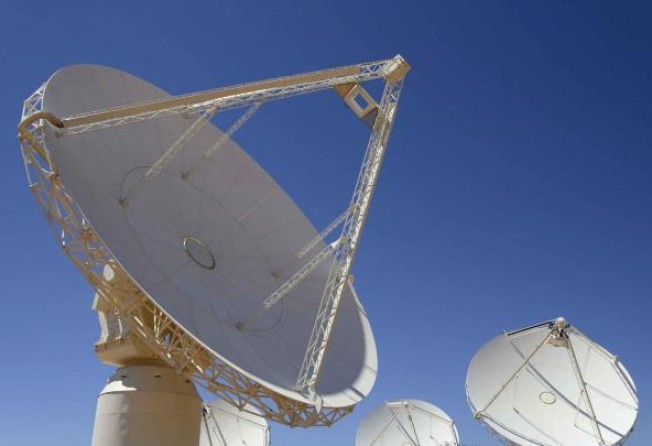Search heats up for life in space
Scientists are spurred on not just by the discovery of a planet in 'nearby' Alpha Centauri, but by much more capable telescopes

It remains in the realm of science fiction for now but the discovery of a new planet just four light-years away will reignite a race to find a twin of planet Earth that may host extraterrestrial life.
It comes as the most powerful telescopes ever built are about to enter service and as ideas about where life could exist are being turned on their head. At the same time, scientific discussion about the possible existence of alien life is becoming more mainstream.
"I think scientists are very happy having a rational conversation about the likelihood of life out there," said Bob Nichol, an astronomer at Portsmouth University in Britain.
Nichol said this was partly driven by the discovery of new planets such as one identified last week in the Alpha Centauri star system, the closest yet outside our solar system.
More than 800 of these so-called exoplanets have been discovered since the early 1990s.
"An explosion in the number of planets makes it so much more likely," said Nichol, adding that the many formats in which life appears on Earth is indirect evidence, though not proof, that life is out there.
Researchers from the Geneva Observatory said the newest planet to be found was too close to its own sun to support life. However, previous studies have suggested that when one planet is discovered orbiting a sun there are usually others in the same system.
Rival astronomers are now likely to start scouring Alpha Centauri for more planets, possibly in the habitable zone around its stars. And the technological eyes and ears that scientists have at their disposal are about to take a leap forward, broadening and deepening their search.
Barring a surprise discovery of microbes on Mars, we will see alien life long before we are ever able to touch it.
"I think it is realistic to expect to be able to infer within a few decades whether a planet like Earth has oxygen/ozone in its atmosphere, and if it is covered with vegetation," said Martin Rees, Britain's Astronomer Royal.
The next decade will see two record-breaking telescopes come on line: the Square Kilometre Array (SKA), a huge radio telescope sited in South Africa and Australia, and Europe's Extremely Large Telescope (E-ELT) that will sit on a mountaintop in Chile's Atacama Desert and be the largest optical telescope ever built.
Their main task will be to probe the origins and nature of galaxies, but they will also look for signs of life on planets.
With a mirror almost 40 metres in diameter, the E-ELT will be able to reveal planets orbiting other stars and will produce images that are 16 times as sharp as the Hubble Space Telescope's.
When completed in 2024, the SKA radio scope will comprise 3,000 dishes, each 15 metres wide and equipped antennas, that together will be able to see 10 times as far into the universe and detect signals that are 10 times as old.
Meanwhile, researchers at Aberdeen University in Scotland are working on a computer model that suggests astronomers should sharply increase the number of planets they regard as capable of hosting life.
Researcher Sean McMahon has argued that the heat generated from inside a planet could be enough for large underground reservoirs of liquid water.
But at roughly 100,000 light-years across, the galaxy is a big place, and even if there is intelligent life elsewhere sending out signals, astronomers say the chances of not hearing them are still considerable.